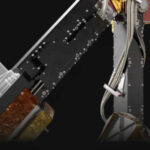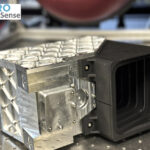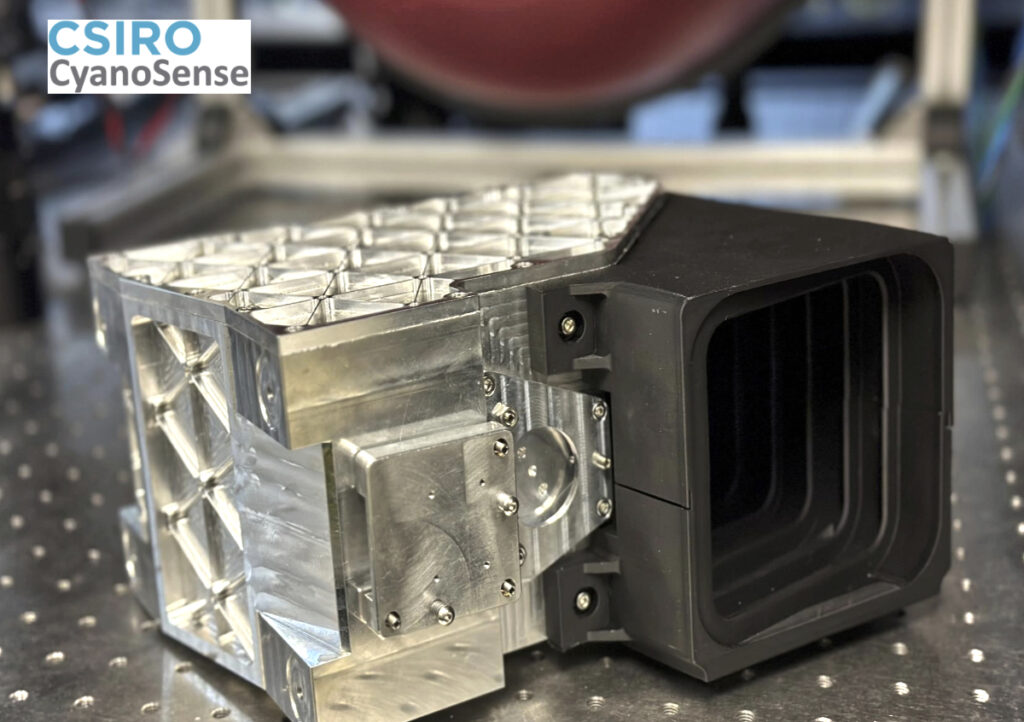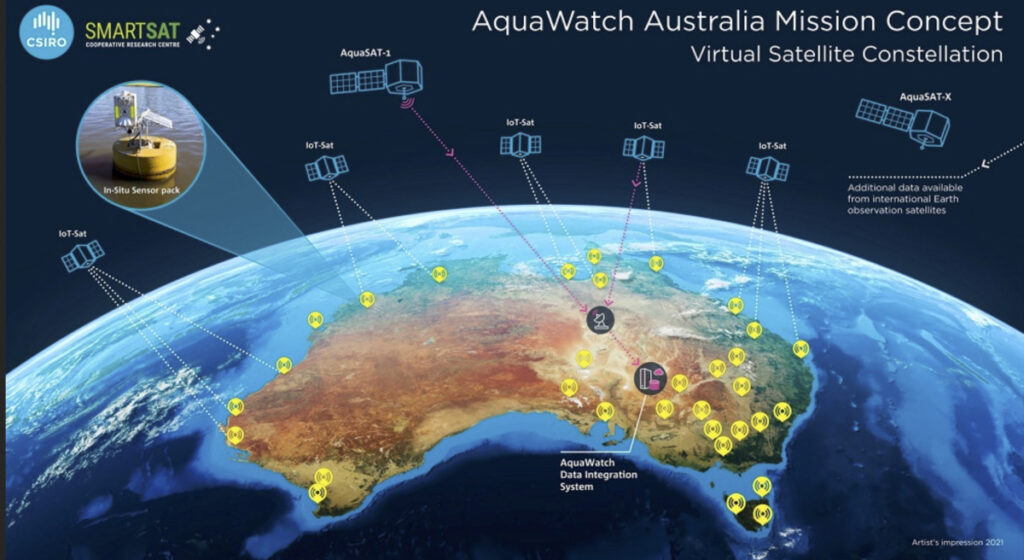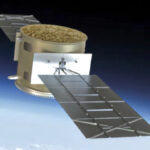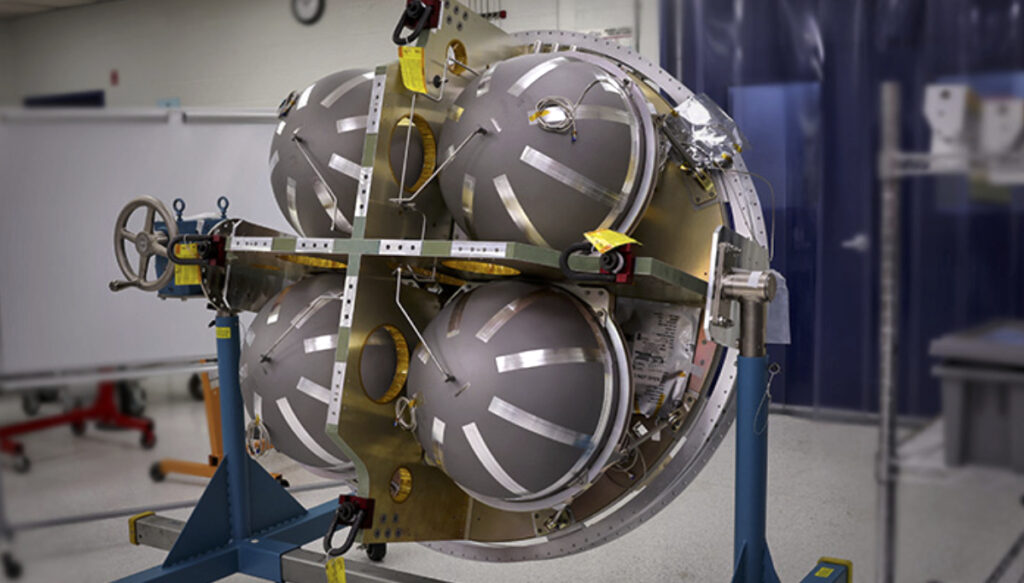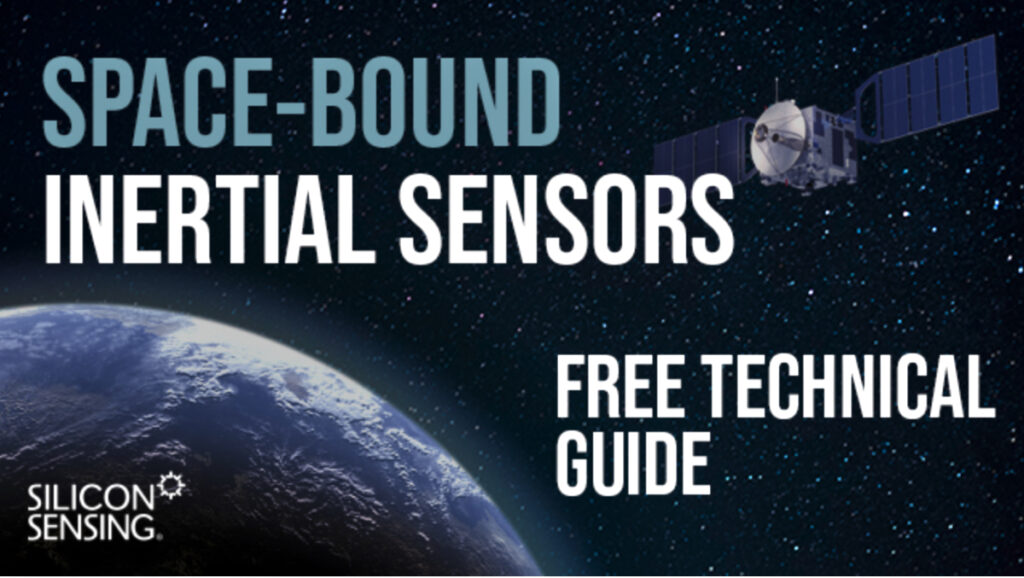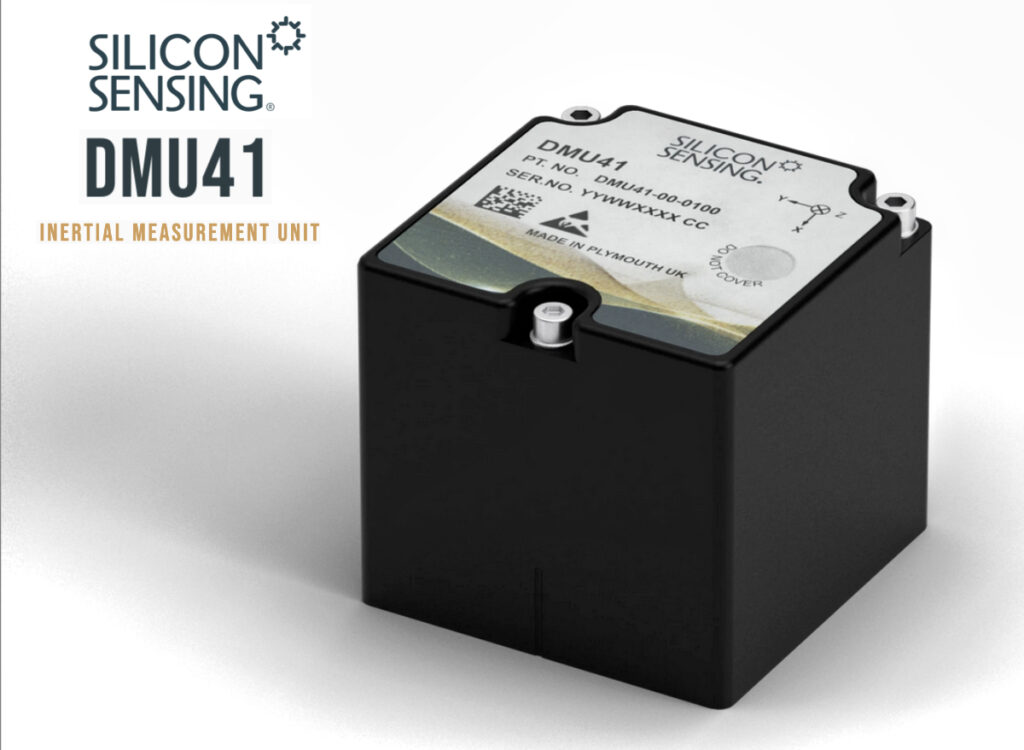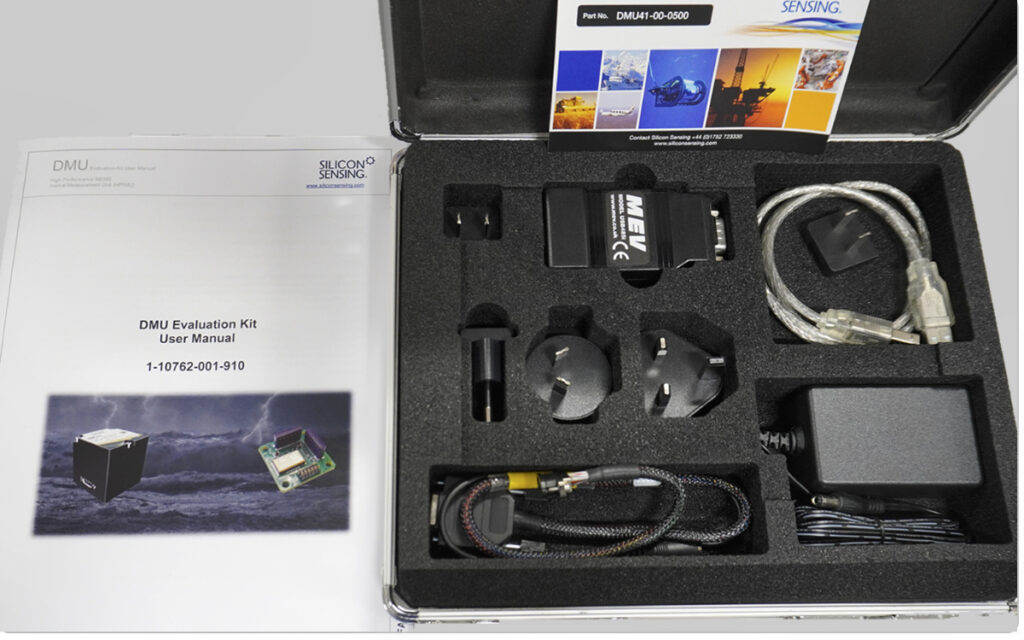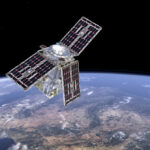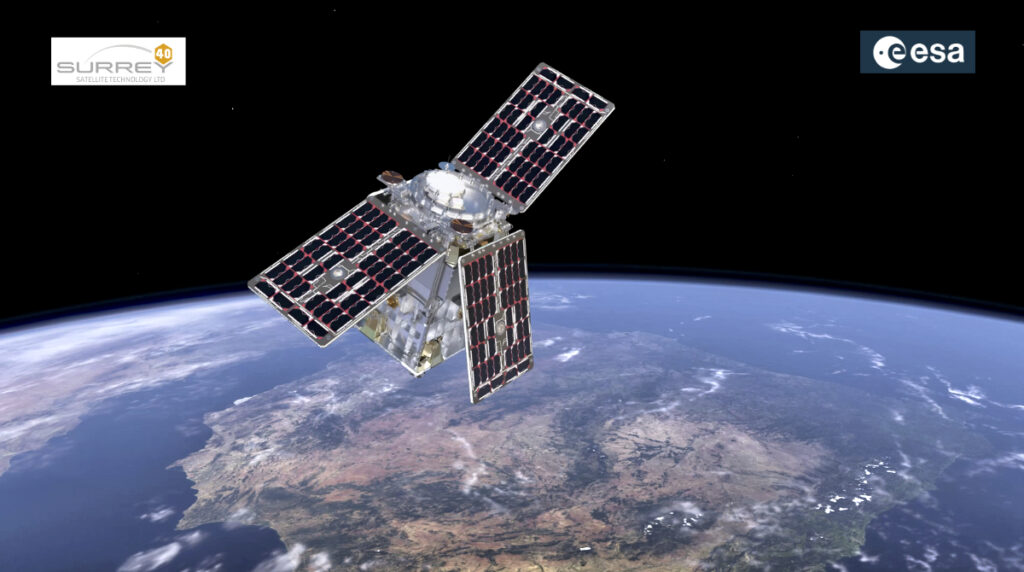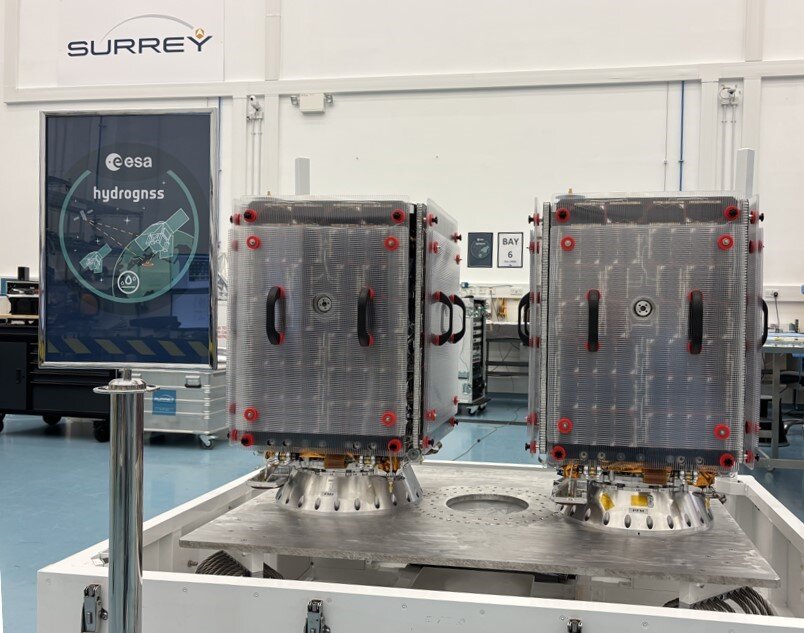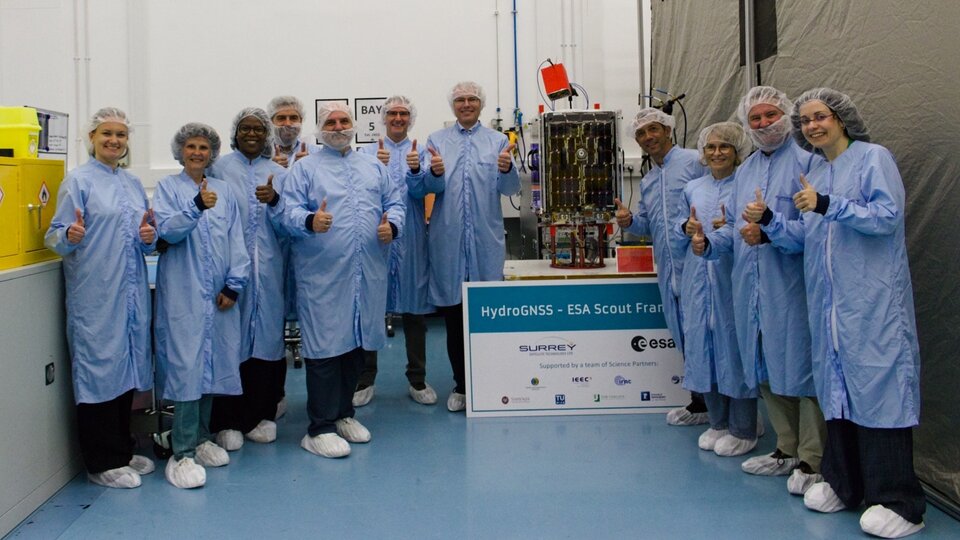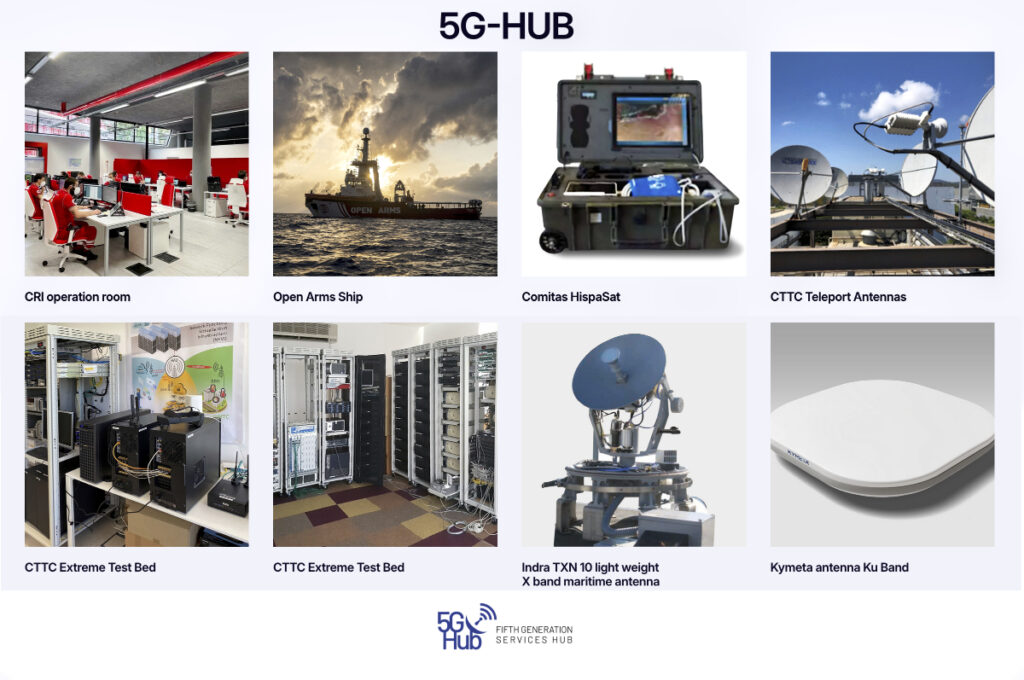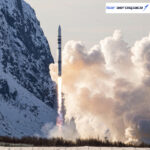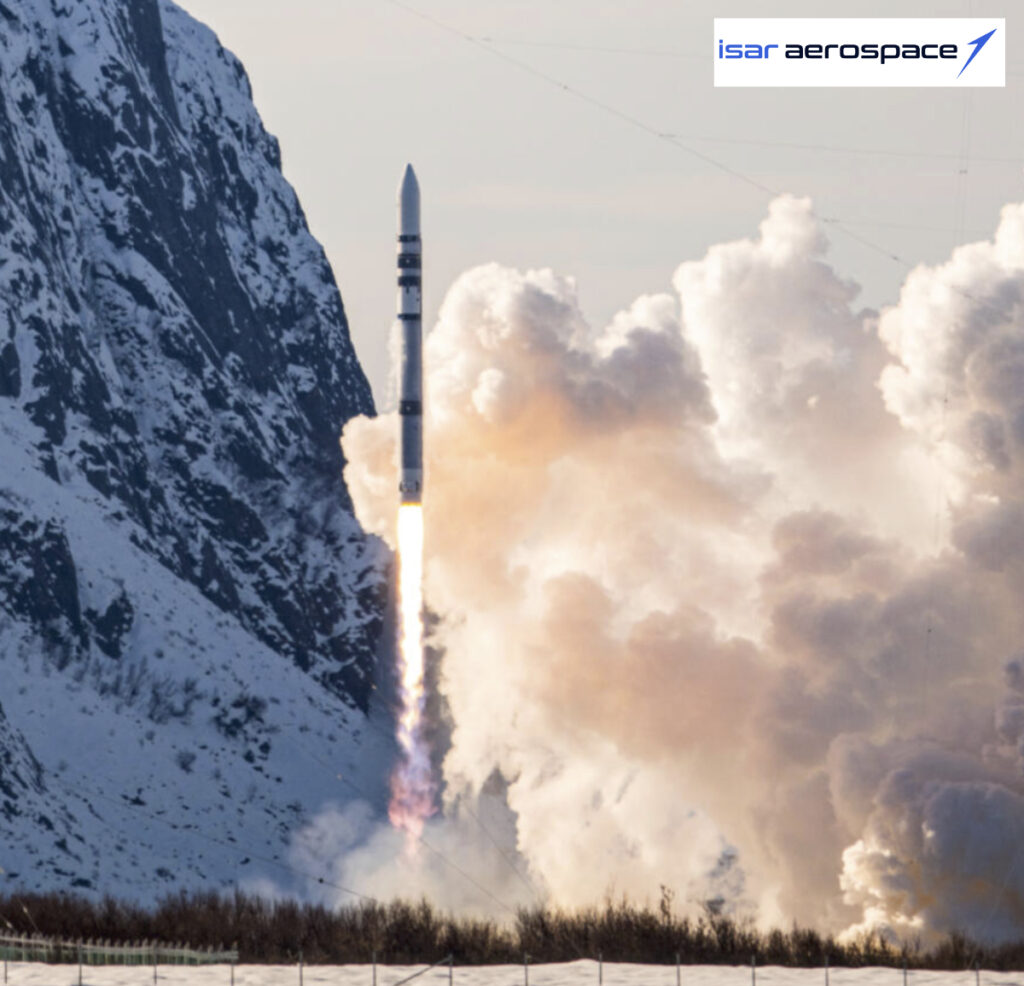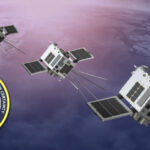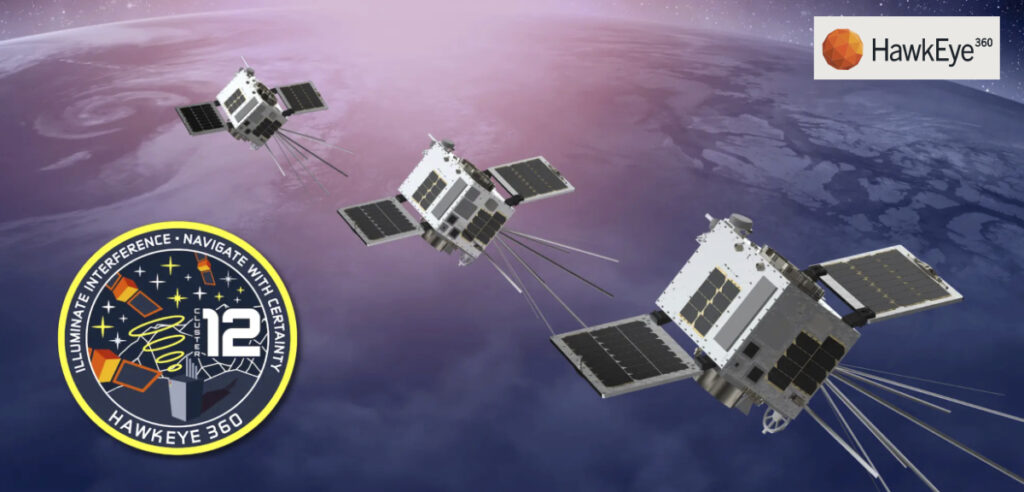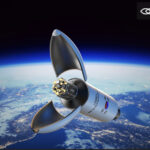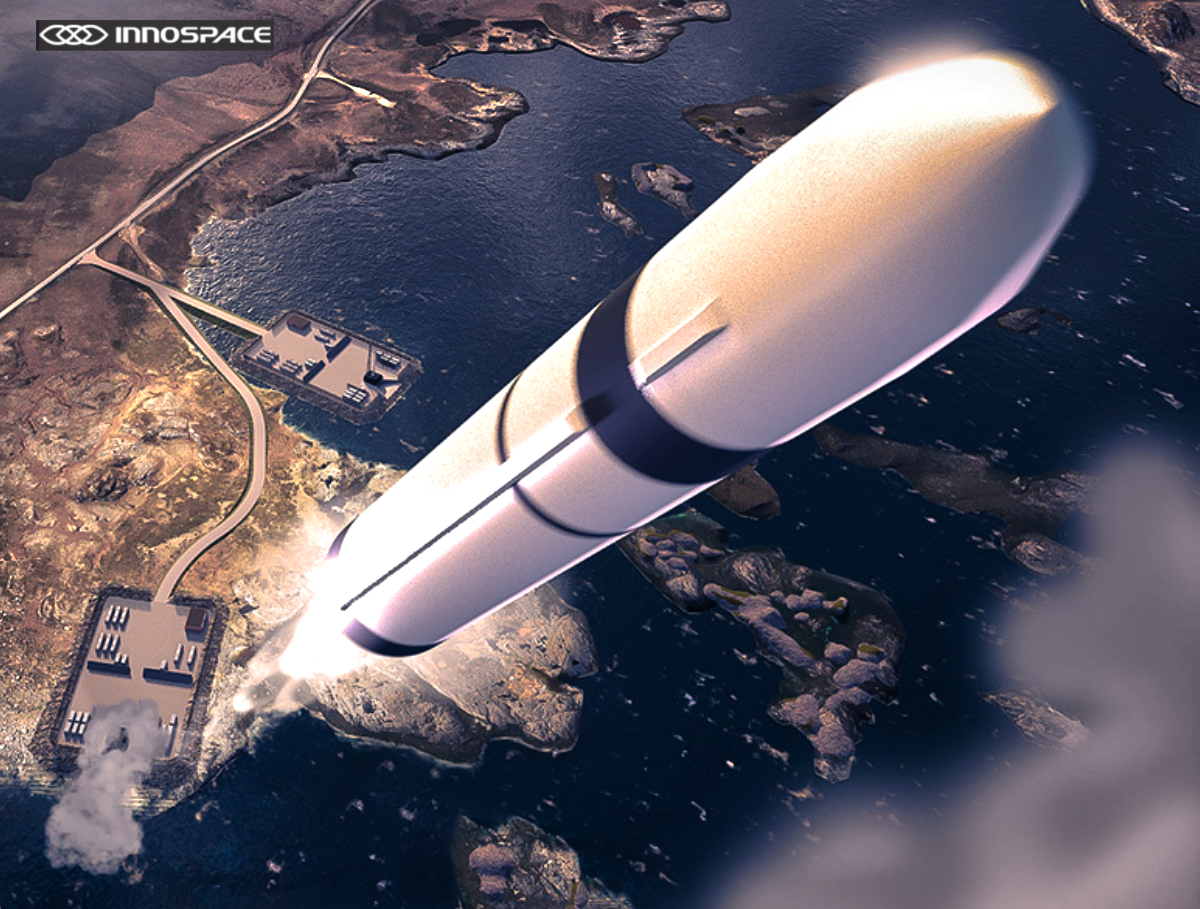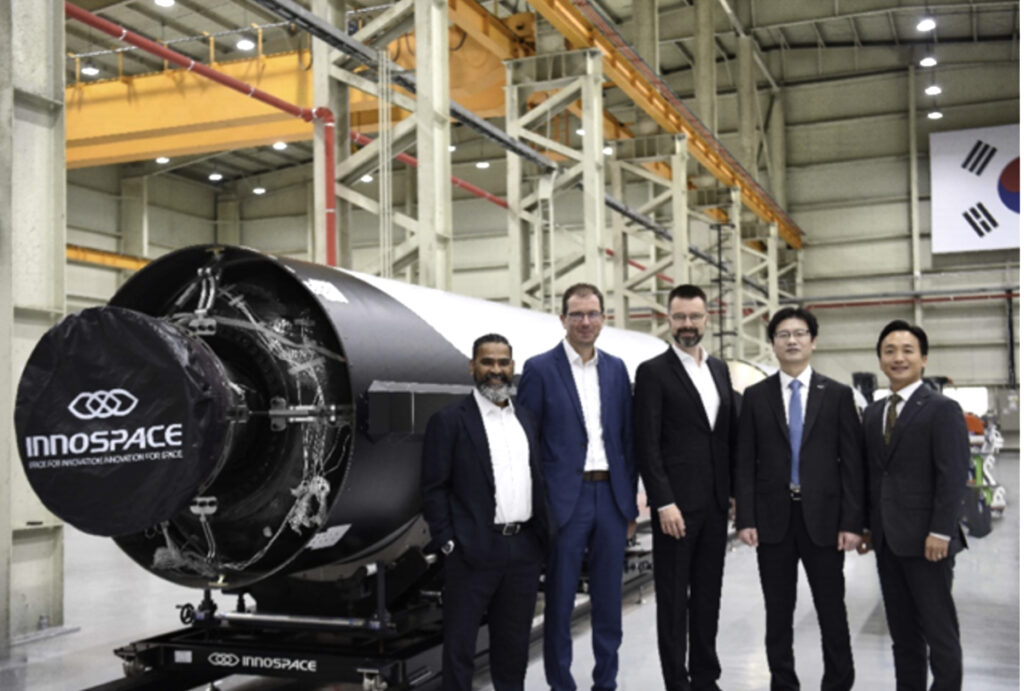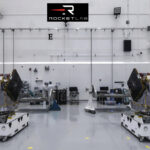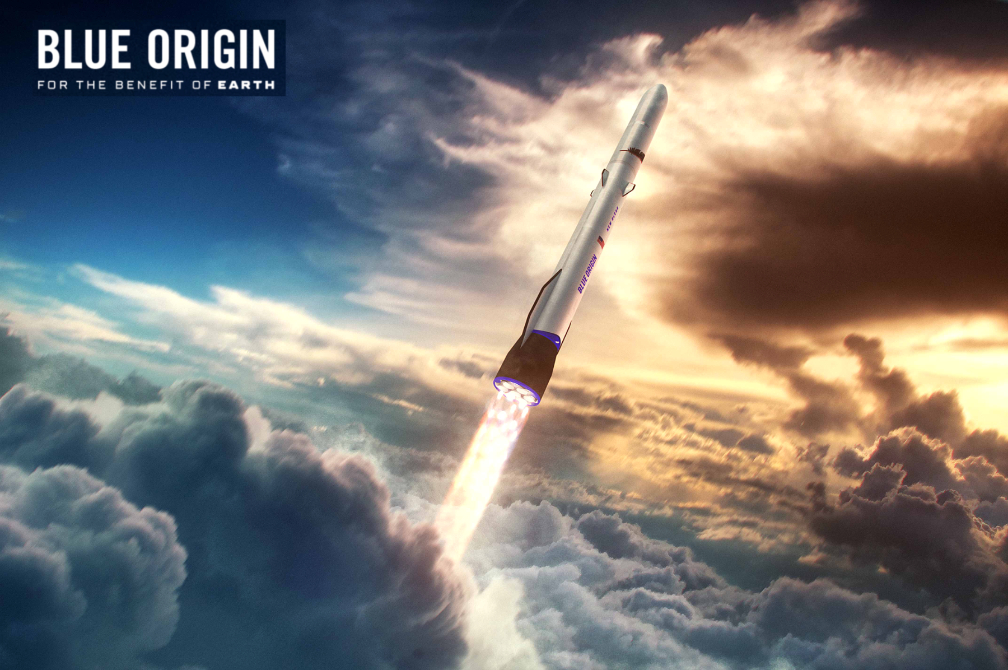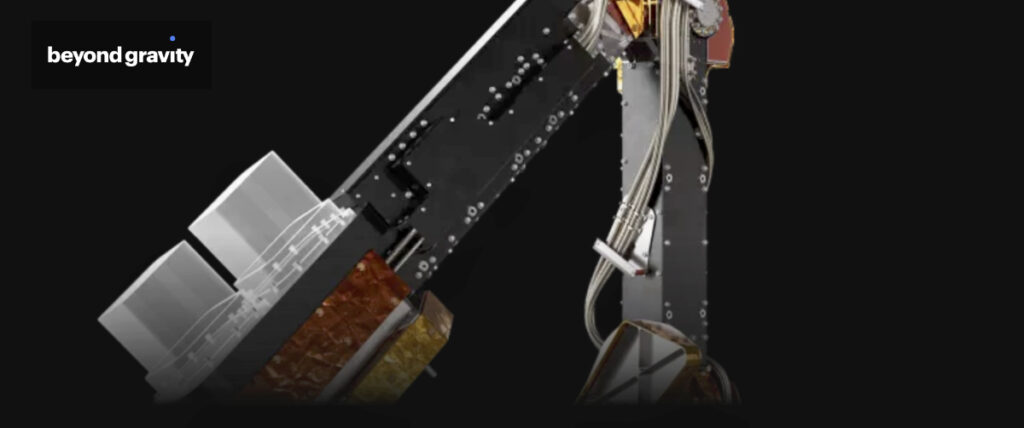
Beyond Gravity will develop and build electric propulsion pointing mechanisms for five, SWISSto12 HummingSat satellites, small, GEO telecommunications satellites that will use Beyond Gravity’s pointing mechanisms in the form of a multi-axis robotic arm to control the satellites’ electric thrusters to keep them exactly on track 35,786 kilometers above Earth.
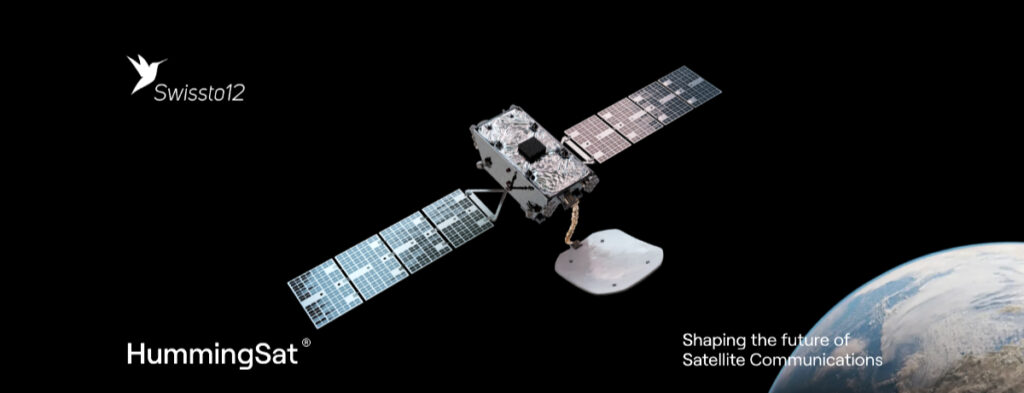
The Beyond Gravity multi-axis mechanism for HummingSat satellites is based on the company’s proven product family of APPMAX pointing mechanisms.

For SWISSto12, Beyond Gravity also provides solar array drive mechanisms from its Zurich site, with sliprings from its Nyon site. The company’s solar array drive mechanisms precisely orient solar arrays towards the sun, making sure the spacecraft receives sufficient solar energy for its operations. A slip ring is an electromechanical device that enables the transmission of power and electrical signals from a stationary to a rotating structure.
With this thruster pointing mechanism, we are setting a new industry standard. We have developed a product that clearly stands out from the competition thanks to its high flexibility based on modular elements, as well as its scalability, and series production based on our industrial processes,” said Oliver Grassmann, Executive Vice President Satellites at Beyond Gravity, headquartered in Zurich, Switzerland. “New robotic arm is based on APPMAX family of pointing mechanisms and the pointing mechanisms are being developed and built at the company’s site in Vienna, Austria, with deliveries between 2026 and 2027.“
Wolfgang Pawlinetz, Vice President Thermal & Mechanisms at Beyond Gravity, said, “After launch and deployment into space, satellites still face the critical challenge of reaching their final orbit. Our thruster pointing mechanism gives satellites the ability to maneuver and hold their position exactly where they need to be, saving fuel and time, while maximizing performance. That’s where our technology comes in. It allows orbit raising to be carried out in the most efficient way possible. With orders for more than 100 electric thruster pointing mechanisms, Beyond Gravity is one of the world’s leading suppliers in this field. We have a long track record of successful deliveries, extensive flight heritage and we have the industrial capacity for a high cadence production.”
About Beyond Gravity
Beyond Gravity, headquartered in Zurich, Switzerland, is the first space company to combine a startup mindset, agility, speed and innovation with decades of experience and proven quality. Approximately 1800 employees at 12 locations in six countries (Switzerland, Sweden, Austria, USA, Finland and Portugal) develop and manufacture products for satellites and launch vehicles with the goal of advancing humankind and enabling the exploration of the world and beyond. Beyond Gravity is the preferred supplier of structures for all types of launch vehicles and a leading provider of selected satellite products and constellation solutions in the New Space sector. In 2024, the company generated a revenue of around CHF 359 million.

